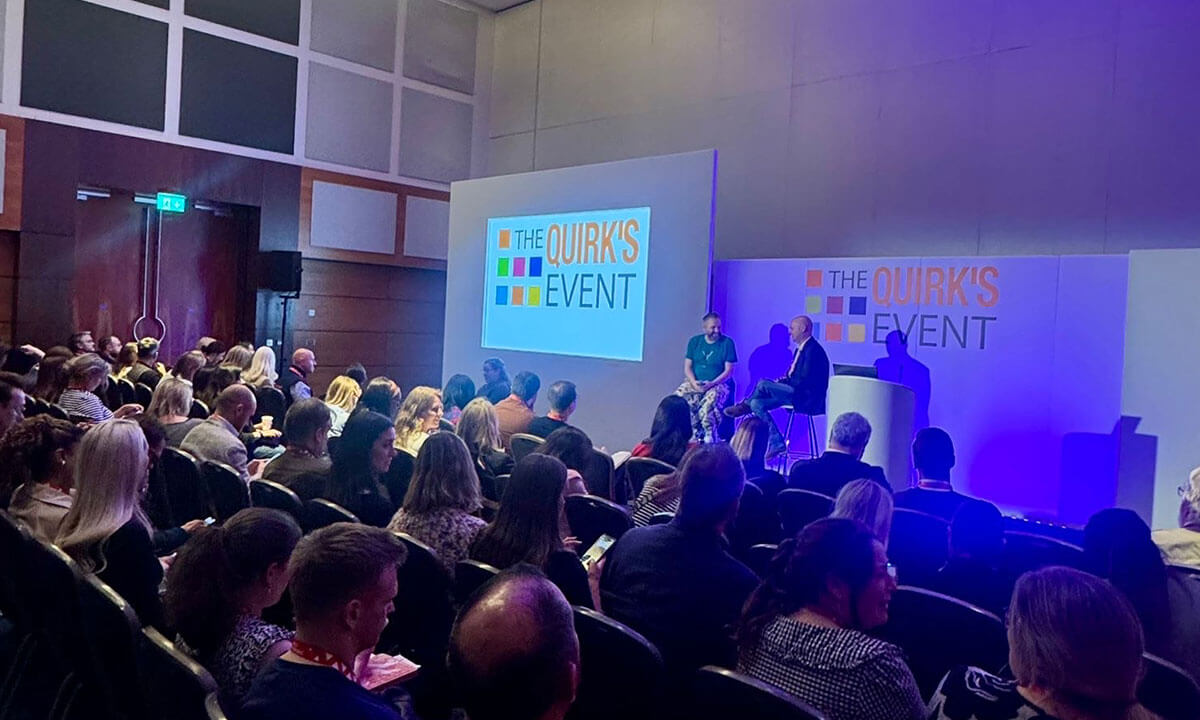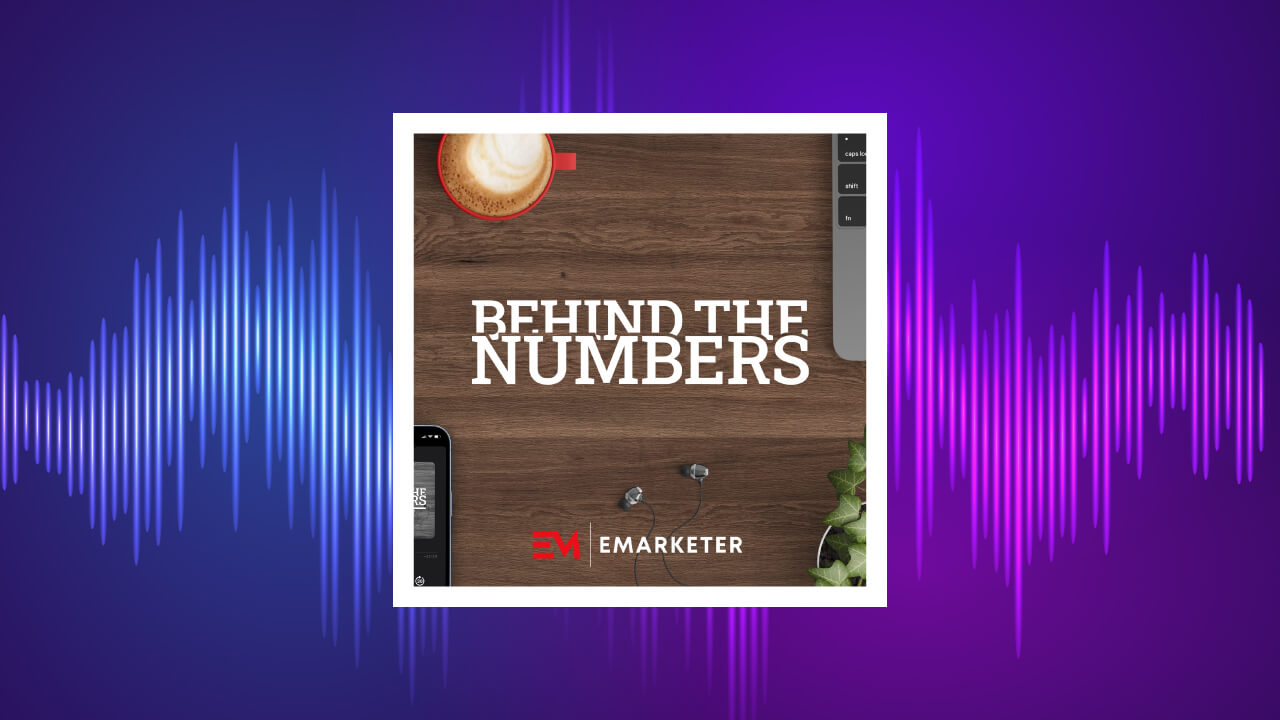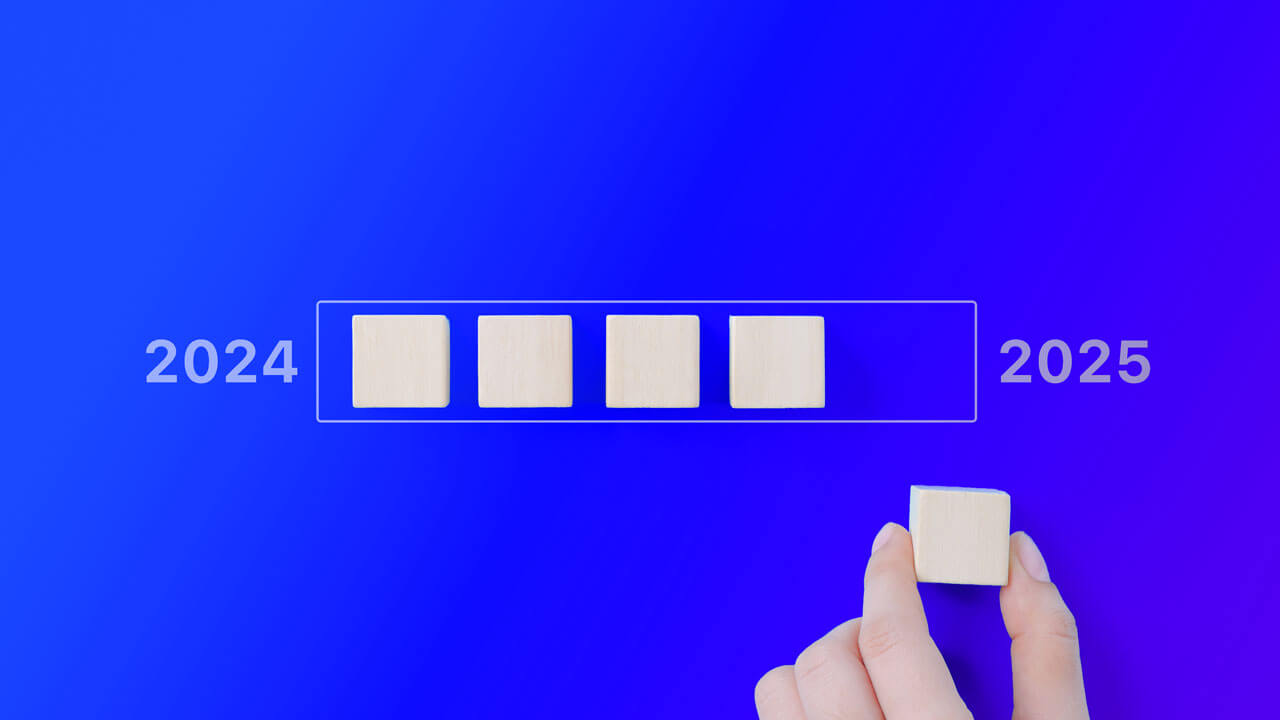Contents
- What are rating scale questions?
- Rating scale question examples
- Rating scale benefits
- Rating scale cons
- What are ranking scale questions?
- Ranking scale question examples
- Ranking scale benefits
- Ranking scale cons
- When to use rating vs. ranking questions
- How to determine which question type to use
- Using rating and ranking questions together
- Request a Demo From Cint
Categories

When creating a survey, you might find yourself choosing to include rating and ranking questions. Both question types offer valuable and powerful feedback you can use to interpret survey results, allowing you to transform responses into data analysis reports or graphs. Each question type has its benefits and strengths, and choosing the right one for the situation is essential for creating a strong survey that will bring the most accurate results from your respondents.
What are rating scale questions?
Rating scale questions ask participants to rank the probability, frequency or satisfaction levels in response to a provided statement. Rating scale questions offer freedom to use queries covering a wide array of topics, ensuring you can fit a rating scale question into your survey, regardless of the subject matter. What makes rating scale questions unique is their ability to stand independently from one another. You can ask participants to rate how much they like two conflicting conditions, like hot and cold weather, while allowing each factor to exist independently. Participants can think about how they feel about each item thoroughly before answering. Many researchers and businesses prefer to use rating scale questions because they are simple and easy to understand. Their format is straightforward, ensuring participants will understand how to respond and allowing researchers to know their data is accurate.
Rating scale question examples
When incorporating a rating scale question into your survey, you can choose from various formats to find the option that best fits your content and desired outcomes. One standard format is the Likert scale, which asks participants to rate the strength and positive or negative feelings toward the statement asked. An example of a common Likert rating scale question may ask participants to rate how much they agree with the following statement:
- I enjoy reading biographies: Strongly agree, agree, neither agree nor disagree, disagree, strongly disagree.
Here, you can clearly define the rating scale for participants, allowing them to easily identify and place their feelings toward the statement. The flexibility of the answer choices allows you to use them for any question you want your participants to answer. You can even change the adjectives from agreement to another option — like concern or priority — for more freedom in your survey, as long as it measures strength and opposites. While Likert is a common format you can use, you can also create your rate scale questions using the Net Promoter Score (NPS), asking participants to rate their feelings toward a statement on a number scale. When creating this scale, you will need to specify what adjectives correlate to which numbers, resulting in asking participants to rate their agreement with the following statement:
- I enjoy reading biographies: Strongly disagree 1 2 3 4 5 6 7 8 9 10 Strongly agree.
In this scale, participants can clearly understand that the lower numbers correlate closer to “strongly disagree” while the higher numbers represent “strongly agree.” You can either include your adjective correlation with the statement and scale or present it in the question instructions with an explanation that 1 is “strongly disagree,” while 10 is “strongly agree.” You have the freedom to customize your format and wording to best provide clarity and understanding to your participants.
Rating scale benefits
Rating scale questions use a format similar to multiple-choice and often contain directions that make it easy for participants to understand how they need to answer the query. When you use a rating scale question, you can better understand your participants, creating a more positive experience with interpreting your survey outcomes. Further, rating scales allow you to ask a variety of statements covering many different emotions. You can measure how they feel about any subject, including product or service satisfaction, marketing campaigns and their interaction with your products. Rating scale questions can serve as a powerful method to measure how well your brand is performing or how your target audience views your company and its products.
Rating scale cons
Because rating scale questions ask participants to determine the value of one item at a time, these query types can lead to respondent fatigue, if they aren’t applied correctly. The fatigue effect is a phenomenon where survey participants become tired, frustrated or bored with a survey because of its length or complexity. Respondents may be more likely to experience fatigue if you ask too many rating questions in a row. That effect can lead to participants:
- Skipping questions
- Answering dishonestly
- Exiting the survey prematurely
Typically, participants begin to lose interest after 15 minutes, so aim to keep your survey within that time limit. Rating scale questions can often become repetitive because of the similar format that follows each one, especially if you want to judge their opinion on multiple similar items. While researchers might see little nuances with these queries, there is a chance that participants will get bored or tired and select the same answer for each question, creating inaccurate data. In addition to selecting the same answer, another subset of participants might not like to use the end selections, like strongly agree or strongly disagree, in favor of the more neutral middle choices.

What are ranking scale questions?
Ranking scale questions ask participants to order a list of items together on a numbered scale by preference, prioritizing items or concepts over one another. While rating scale questions allow participants to give the same response to multiple statements, they can only apply one rank to each item on the question scale, ensuring respondents think carefully about their answers. Ranking scales are essential for helping reveal participant preferences where they might not think they have biases. For example, when asking users to rate their favorite soda brands, they might say they enjoy each soda equally. When asking them to rank each soda brand against one another, they must think about which ones they enjoy more. Researchers and brands can use ranking scale questions to produce reliable quantitative data they can easily turn into graphs or percentages for further use and interpretation outside the scope of the survey. Survey creators often use dropdown or drag features to create visual representations of participant preferences and make them easier to answer.
Ranking scale question examples
Researchers and marketers have a lot of freedom when creating ranking scales. You can include anything on a ranking scale and ask your participants to choose between them, allowing you to gather specific data. Additionally, you can choose from several different formats from number ranks, adjective ranks and even image items. Number ranks are the more common choice when developing ranking scale questions. That ranking system provides clear options participants can choose from and works well with dropdown and drag features. Respondents can clearly understand and place their preferences as they consider each option. Like rating scale questions, you will need to define what each number means, so your question will look something like this:
- Please rank the following book genres on a scale of one to five, with one being your least favorite and five being your favorite: fantasy, mystery, horror, biography, poetry.
Here, participants will clearly understand how you expect them to answer, and they can carefully think about their options as they assign a number to each item in the list. Additionally, you can ask your participants to rank their preferences with adjectives instead of numbers, much like with rating scale questions. You might include a query asking respondents to rank their preference that looks like this:
- Fantasy (most preferred, neutral, least preferred), mystery (most preferred, neutral, least preferred), biography (most preferred, neutral, least preferred).
In this instance, participants can only choose one option for each item on the list without selecting the same response twice. The format variation can create more specific ranks with items, emotions and preferences to gather results.

Ranking scale benefits
Because ranking scale questions use a different format than most questions, you can use these queries to break up your survey’s structure and keep your participants engaged. The change in form engages their attention, and the nature of the question requires more thought. There’s then a higher chance that your participants will genuinely interact with each query. When using ranking scale questions in a marketing survey, these queries can be a powerful tool to see how your target audience views your brand or products alongside your competition. Ranking scale questions can help you visualize which competing brands your participants prefer, which you can apply to future marketing campaigns or reports.
Ranking scale cons
When creating ranking scale questions, researchers and marketers need to be aware of the potential challenges. Survey fatigue can also affect ranking scale questions, especially since asking participants to choose between items can be frustrating or tiring. Because of this, limit how many concepts you ask your respondents to rank, helping to ensure they complete the question. Adding too many items to a given ranking list can decrease the value of middle-ranking items since there is little difference between their significance. In this case, only the top and bottom figures will matter and represent accurate data. Using 10 items per list can help prevent survey fatigue and create accurate data. While ranking scale questions provide valuable data about participant preference and decision making, it doesn’t reveal why respondents chose to rank each item as they did. Since each participant will have a unique background influencing their decision, it may be challenging to interpret why certain points are higher for some rather than others. You might not gain insight into how much or little a respondent cares about each concept, either. For instance, they may not care for any book genre — they only ranked one the highest because that’s the format the survey took.
When to use rating vs. ranking questions
Avoid survey fatigue and strengthen the impact of each survey question by selecting the right format. Especially with rating and ranking survey scales, it is important to know when you should use each to receive the most from your participant’s responses. Because both question types can lead to survey fatigue, you will want to use each type sparingly –and you will always want to keep your surveys as short as possible. When determining whether to use rating versus ranking scales in market research data, you should first consider the standard type of query in your survey. If your survey is multiple-choice heavy, you may want to consider switching up the format by including a ranking question. Since ranking questions often use alternative features, like dropdown selections or drag lists, your question will stand out and keep your participant interested in your survey. Surveys that use a lot of short responses or other questions that require a lot of thinking from your participants can cause your respondents to grow tired. At this point, you can provide some rating scale questions. Because they are easy to understand and have a similar structure to multiple-choice, rating questions serve as a resting point for your participants. Providing variety in your question formatting is a great way to prevent respondent fatigue.
How to determine which question type to use
When deciding between rating versus ranking scales, you should first determine the purpose of the question and the desired results you want. Since each question will elicit a different response from your participants, think about the kind of information you want to receive about your respondent from that specific query. While both question types aim to capture the emotions or opinions of your participant, both formats gather different information about those opinions. Rating questions tell you how a participant feels about a single item, and if you choose to use the Likert scale, the strength of their opinion, as well. Ranking questions instead can provide insight into a participant’s decision-making or values by having them choose between several options.

Using rating and ranking questions together
You can sometimes use both rating and ranking scales in research methodology to maximize their benefits and understand more from your respondents. Since switching up your question type on your survey can help prevent survey fatigue, using the question types together can help keep your participants calm and content as they take your survey. Because some participants might select the same answer for their rating scale answers, you may have a challenging time determining how they feel about each statement. You can follow up a series of these queries with a ranking question that asks participants to rank the same items they just rated. With these results, you can then determine the true value of each rated response for more accurate and insightful results. You can also use a rating question after a ranking question to gain further insight into a respondent’s decision. Because ranking questions often ask participants to choose between items they might not consider together previously, you can determine the power behind their choices by asking them to rate the concepts individually. The respondent’s answer can provide more insight into their ranked responses and a consumer’s decision-making process.
Request a Demo From Cint
Rating and ranking scale questions both have their benefits and strengths, allowing them to become powerful tools you can use when creating a survey. When you use both formats correctly, you can create impactful questions that reveal vital information about your participants, their preferences, motivations and decision-making processes. As you explore building your next survey, consider using our survey sampling software. Contact Cint today to request a demo.




































































































